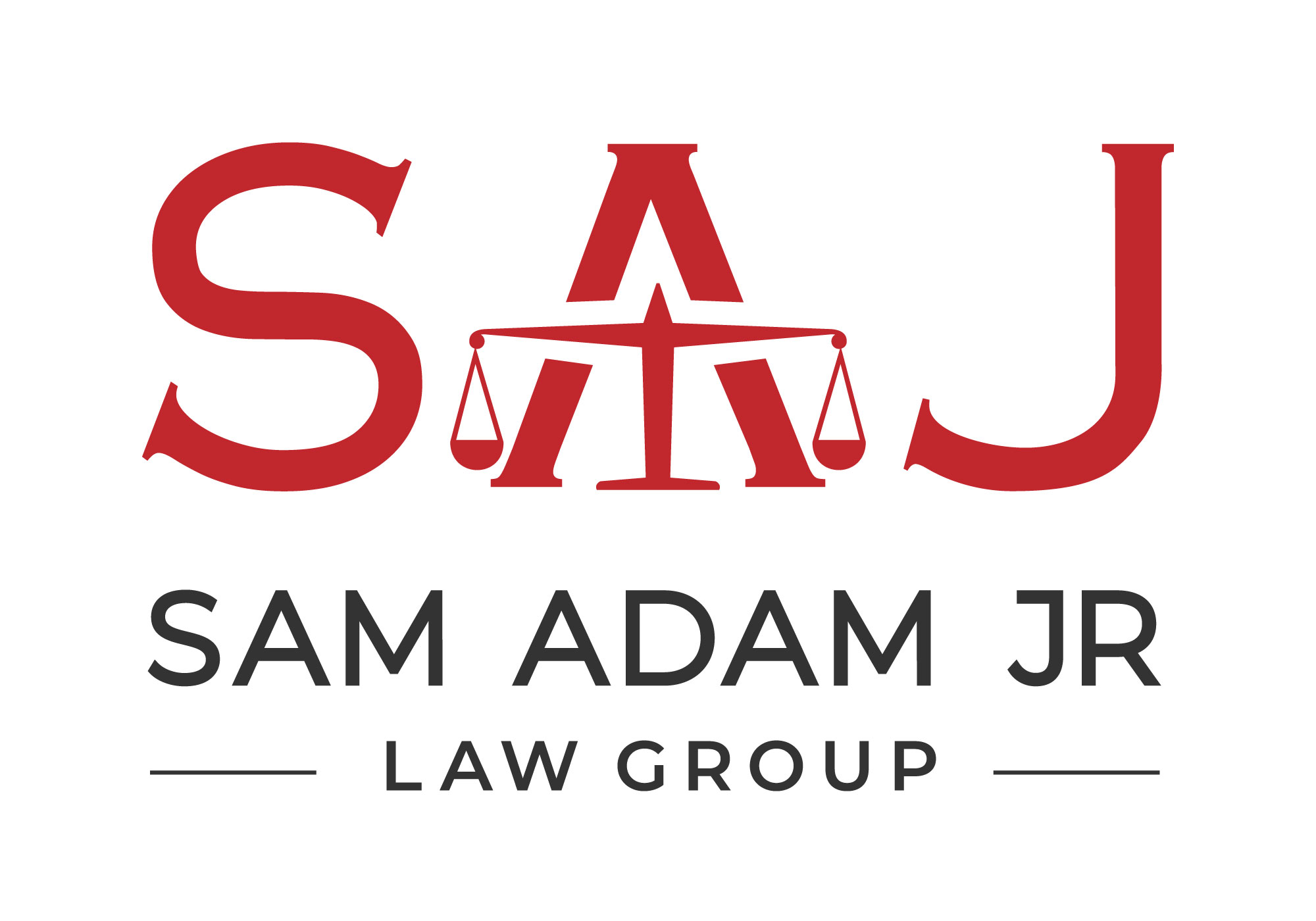In this clinical medical malpractice suit, the state supreme court of Utah affirmed the choice of the court of appeals, which verified the judgment of the district court excluding the plaintiff’s proximate reason expert’s statement. The state high court held that the district court did not err.
Richard and Deanne Taylor’s little girl, Ashley, was detected at a young age with a neurological disorder that triggered her to suffer from spasticity. To control this effect, Ashley obtained the medication Baclofen through a catheter as well as an implanted Baclofen pump that supplied it right into the cal cavity around her spine.
On April 17, 2013, Ashley got up suffering from serious shaking in her legs. She saw a medical professional at the University of Utah Hospital where she received a oral dosage of Baclofen. The doctor did a number of examinations, and gave Ashley more oral Baclofen and advised her to return the following day. Although the following day’s tests did not indicate a further problem, the doctor assumed there might still be a trouble with the pump. During that time, Ashley was throwing up as well as had trouble holding down the doses of Baclofen. After further assessment, the physician recommended surgical treatment to change the pump and the catheter linked to it. The surgical treatment was carried out the following day. Ashley’s sister later stated that Ashley was “back to herself” a day after the surgical treatment.
Two to three weeks later on however, Ashley started exhibiting unusual behavioral signs and symptoms. Ashley’s parents sought advice from Dr. Judith Gooch, that had been Ashley’s treating medical professional in the past. Dr. Gooch first concluded that Ashley was experiencing a Baclofen overdose and totally stopped the medication.
Later, Dr. Gooch concluded that Ashley’s modification in behavior resulted from a Baclofen withdrawal– not an overdose as she had initially assumed. She even further concluded that although Ashley had become more stable, she suffered, and also still sufferes, from irreversible cognitive injuries.
The Taylors filed a claim against the healthcare facility on Ashley’s behalf. They affirmed that the medical facility’s therapy of Ashley’s Baclofen withdrawal caused her long-term injuries. The Taylors kept Dr. Gooch as a causation expert.
The district court summed up Dr. Gooch’s proximate reason statement as follows: “Baclofen withdrawal caused a metabolic disturbance, which triggered encephalopathy, which created months-long hallucinations and also other abnormal habits, resulting in or creating irreversible damage as well as cognitive feature damage to Ashley.”
The heart of the situation was that after Dr. Gooch was deposed, the hospital filed an motion in limine to omit her testimony. The medical facility argued that the statement “ought to be barred under Rule 702 … due to the fact that Dr. Gooch’s point of view is not based upon sufficient facts or data.” In its’ motion, the hospital relied on Dr. Gooch’s concession in her deposition that “there is not a single reported case of Baclofen withdrawal in which the patient stays stable throughout the episode and went on to experience irreversible neurological injury.” That statement was the principle factor that the physician’s testimony was left out as well as the motion in limine was granted.
The trial court agreed as well as omitted the testament. At issue on appeal was whether the threshold revealing that the principles or techniques underlying in the expert’s testament were based upon adequate realities or information with a method– logical deduction– was based upon wide and also attenuated facts.
The Utah High court held that the evidence was not present in this situation, as well as consequently, the district court appropriately excluded the professional statement on proximate cause.
The Utah Policy of Evidence 702 is basically the same as the Illinois Rules of Evidence along with a the federal government rules. The requirement consists of “a limit showing that the principles or approaches that are underlying in the testimony… are based upon enough truths or data.”
In conclusion, the state Supreme Court found no error and as a result affirmed the finding of the trial court and also appellate court.
Taylor v. University of Utah, 2020 UT 21 (May 8, 2020).
Looking for a Medical Malpractice Lawyer Near Me?
If you or some you know has received any form of medical malpractice, you should seek professional help from an experienced board certified attorney in medical malpractice such as the Sam Adam Jr. Law Group. Board certified attorneys meet demanding standards in regard to Experience, Ethics, Education, Examination and Excellence.
Contact the Sam Adam Jr. Law Group today for a free consultation.

